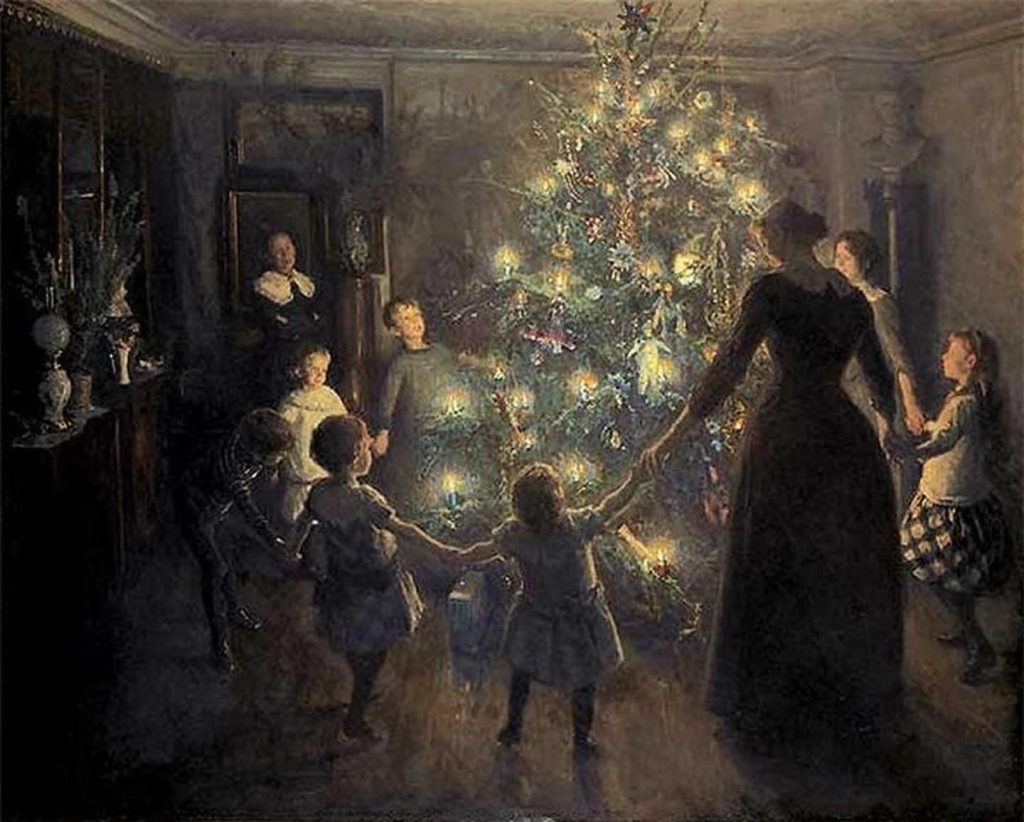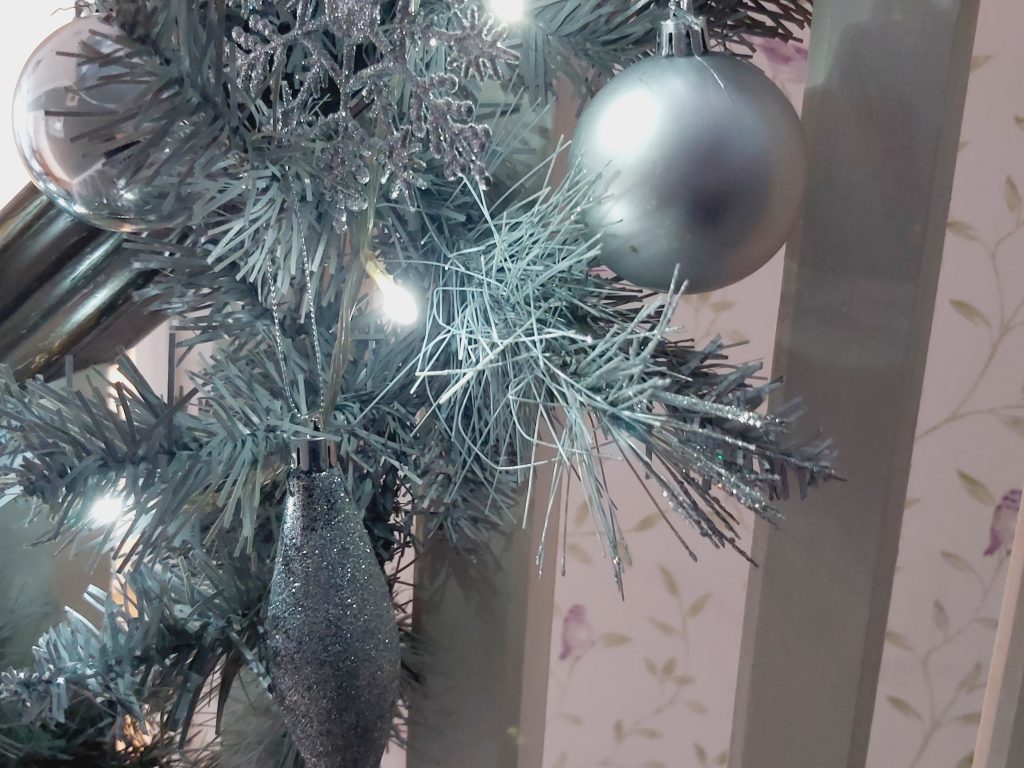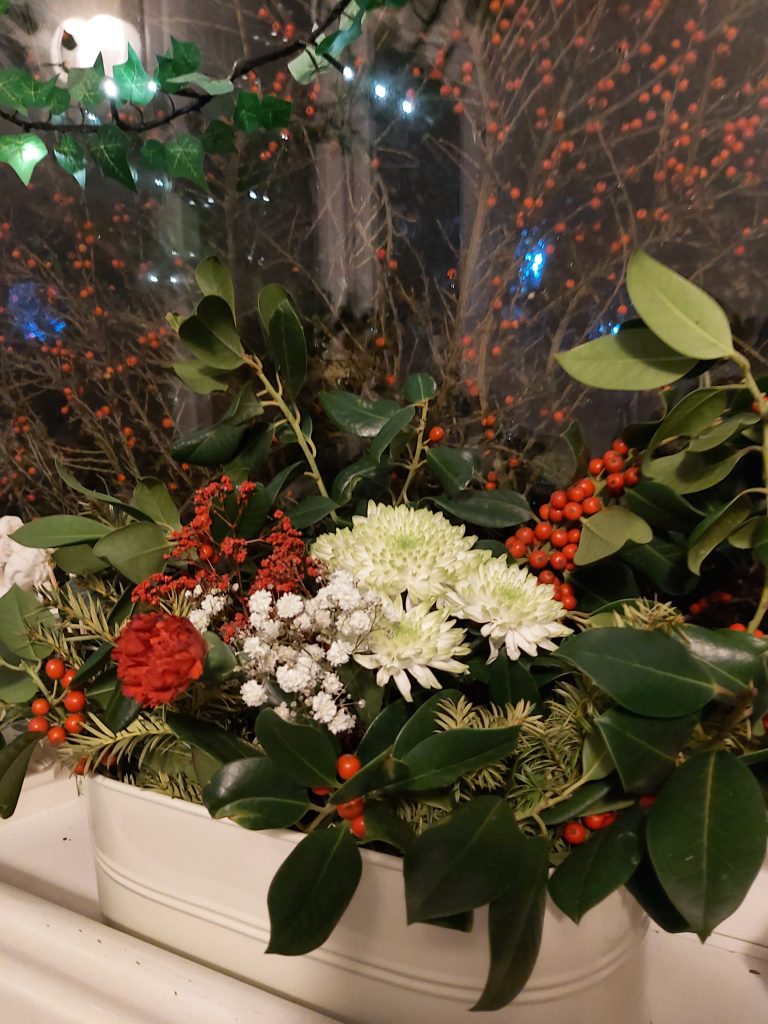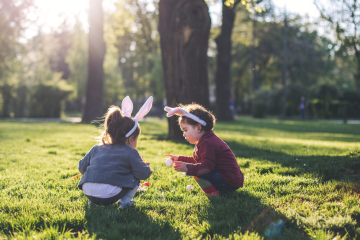I feel it necessary to warn you; I am definitely more of a ‘Buddy the Elf’ than an ‘Ebenezer Scrooge-(pre ghosts)’ type of person. It’s fair to say I LOVE Christmas decorations; I have five giant boxes full that somehow keep multiplying each year!
These decorations range wildly from classic paper robin chains – that wouldn’t look out of place in a Victorian house to a 4ft high sparkly illuminated penguin called Percy. You can spot my house on the street – it’s the one with the animated snow that falls daily from 4 pm till midnight.
I appreciate there are still a few Ebanezer’s out there who think we’ve all gone a bit mad, and “life used to be so much simpler and classier in the old days”. But do you know what? It turns out most of our Christmas decorations have a much longer history than you might imagine, and I genuinely believe our ancestors went as equally nuts as we do. (Quite literally in some cases).
Let’s just take a look at three of the classics:
The Christmas Tree

The idea of bringing trees indoors and decorating them for Christmas is thought to have originated in Germany in the 16th century and popularised in Britain and the West by Prince Albert (Queen Victoria’s husband). But the practice is also traced back to the early Egyptians as part of their solstice celebrations.
As mentioned in our previous blog, ‘Christmas Traditions‘, bringing evergreens indoors goes back to pagan and Roman times. Apples, nuts and berries formed the decorations for these early trees – and still are in some traditions. They represent Paradise Trees, which trace their roots (pardon the pun) back to 11th century Paradise Plays – the Christian retelling of creation.
Tinsel

Nowadays, tinsel is perhaps thought to be a bit tacky. Personally, I love it (I refer back to my previous disclaimer). But actually, it was originally a serious status symbol. It was first noted in 1610 in Germany (again) and was actually made of silver. Not only was it used to brag about how rich you were, but people also used it to reflect the Christmas tree candle lights. That’s real flames on a cut tree – yes, I know what you’re thinking! It proved particularly hazardous when they made tinsel more accessible to the masses by making it out of aluminium – highly flammable!
It’s usually made of PVC now, but I like it because of the original reason – it reflects the tree lights in such a lovely way.
Holly, Ivy & Mistletoe

As already mentioned, the tradition of feasting, celebrating, and bringing greenery indoors at this time of year goes well back to Roman and Pagan times. Location is also an important factor – in the UK, evergreens like holly, ivy, and mistletoe are obvious contenders for adding a touch of colour at this grey time of year.
Though some early Christians dismissed the practice of ‘crowning their doors with greenery’ as pagan, Pope Gregory the Great – way back in the 6th Century – went for the ‘if you can’t beat them, join them’ approach. He adopted the practice into the Christian faith, endowing the plants with Christian symbolism, which has largely survived even today.
I can’t finish this blog without just mentioning one thing about mistletoe. You may already know (it’s fairly well documented) that the plant was used for various medicinal purposes in the past. Also, the druids regarded it as a symbol of fertility – it’s generally thought they did more than just kiss under it! I’m just going to leave that thought with you.
Merry Christmas!




